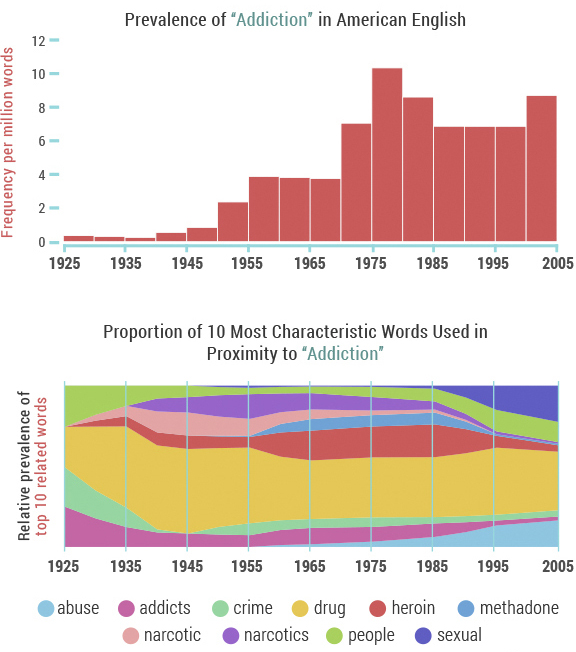Colleges Going to Pot?
INCREASE IN MARIJUANA USE
Between 2006 and 2014, use of any illicit drugs, including marijuana, fluctuated. In 2006, use of illicit drugs in the previous 12 months was at 34%, and then increased to 41% in 2013. In 2014, use decreased slightly, to 39%. The researchers noted that marijuana was the drug most driving this increase.
OTHER DRUGS
Illicit drug use in the previous 12 months that did not include marijuana also increased. In 2014, 21% of college students used illicit drugs, compared to only 15% in 2008, with the main increases being seen in amphetamine and ecstasy use, according to the study.
AMPHETAMINES, ADDERALL, RITALIN & RELATED DRUGS
The use of nonmedical amphetamines almost doubled from 2008 to 2012, and then slightly decreased by 2014, according to a press release. In the release, Johnston suggested that this increase in use could be attributed to students’ desire to improve their studies and test performance.
ECSTASY
Despite ecstasy use decreasing between 2004 and 2007, usage rose to 5.8% in 2012 from only 2.2% in 2007. A significant increase in use of cocaine within the past 12 months was also seen, rising from 2.7% in 2013 to 4.4% in 2014.
FAKE MARIJUANA, NARCOTICS, SALVIA
Use of synthetic marijuana, narcotic drugs and salvia decreased significantly by 2014. The researchers noted that use of bath salts was negligible among college students.
CIGARETTE SMOKING
Rates of cigarette use within the past 30 days decreased significantly among college students, dropping from 31% in 1999 to only 13% in 2014. Daily smoking also decreased significantly, from 19% in 1999 to only 5% in 2014.
HOOKAHS
However, while cigarette rates have dropped significantly, use of hookahs increased significantly to 33% in 2014, up from 26% in 2013. No significant change in cigar use was seen, according to the researchers.
ALCOHOL
In 2014, 63% of college students reported having had an alcoholic drink within the past 30 days, a decrease from 67% in 2000 and 82% in 1981. A decrease was also seen in the proportion of students reporting they had been drunk within the past 30 days, from 48% in 2006 to 43% in 2014. Rates of binge drinking, as defined by five or more drinks in a row within the previous 2 weeks, decreased from 44% in 1980 to 35% in 2014, among college students.
THE ORIGINAL REFERENCE ARTICLE (PDF File)
Johnston LD, et al. Monitoring the Future national survey results on drug use: 1975-2014: Volume 2, College students and adults aged 19-55. Ann Arbor: Institute for Social Research, The University of Michigan; 2014. http://www.monitoringthefuture.org/pubs/monographs/mtf-vol2_2014.pdf.
Addictionary: Language of Addiction
For example, when the word "alcohol" was written or spoken in early 19th-century America. it was often used in the chemical and medical sense. This is from an article about drawing out the essence of stramonium, or jimson weed: "The virtues of stramonium," the New England Journal of Medicine reported in January of 1818, "appear to be seated in an extractive principle, which dissolves in water and alcohol."

The word "cocaine" had different connotations as well. In the 1860s, for instance, a substance termed "cocaine" was advertised by a Boston company as a topical treatment to prevent hair loss.
Over time these words – "alcohol", "cocaine" and others, including "drugs" and" intoxicated" – became more closely associated with substance use, abuse and addiction in American popular culture.

"'Alcoholism' made its debut in the lexicon around 1900, associated almost exclusively with 'crime' and 'dreams' – coincidentally around the time that Sigmund Freud's The Interpretation of Dreams was published," Recovery.org notes. "However, the association with crime was soon eclipsed by concern over 'chronic' alcoholism and 'death'/'deaths' related to alcoholism, which ballooned in the 1920s during the height of the prohibition movement." Documentarian Ken Burns echoes this in his series, Prohibition. One of the tragic unintended consequences of the nationwide crackdown on alcohol was an increase in dangerous, unregulated spirits — leading to 1,000 deaths a year.